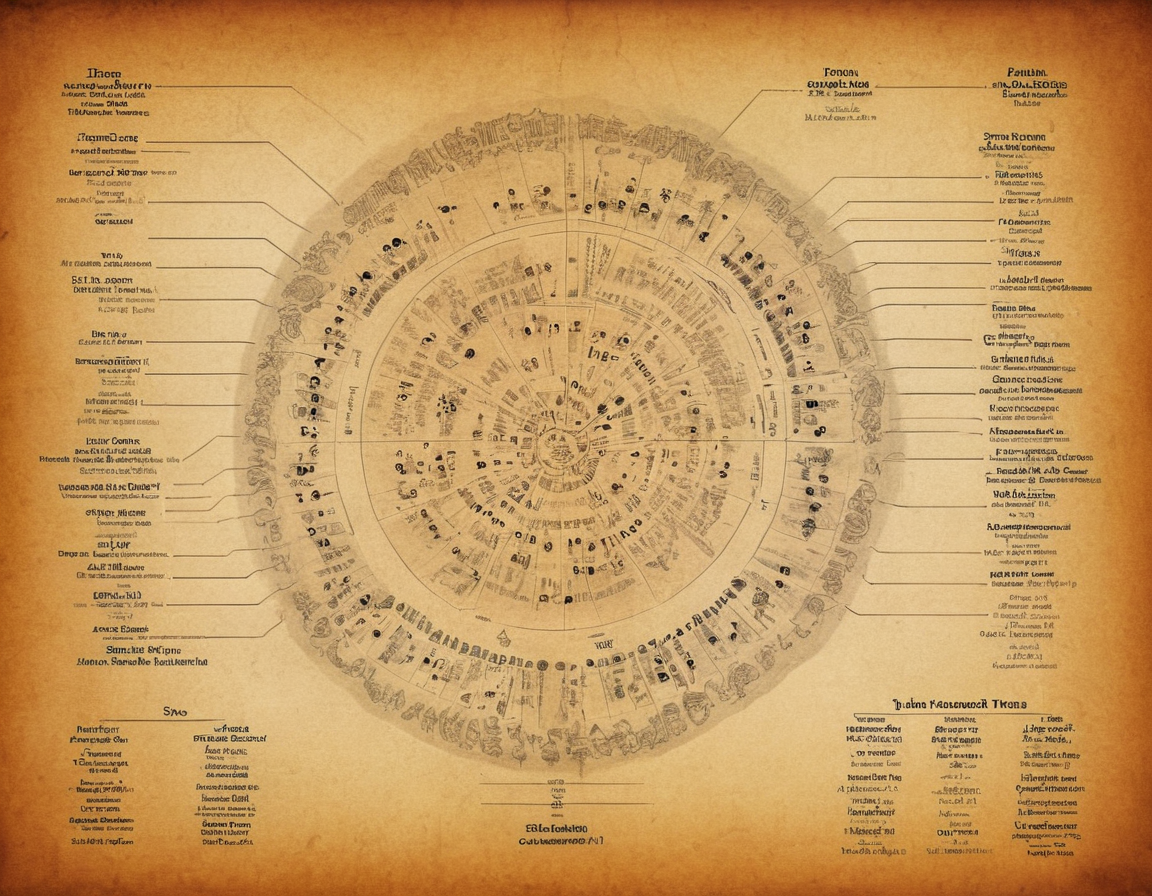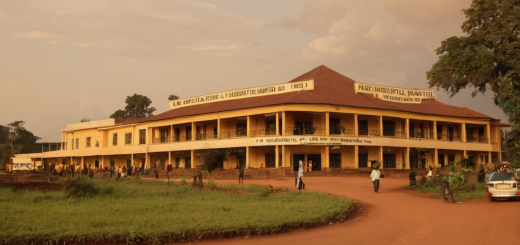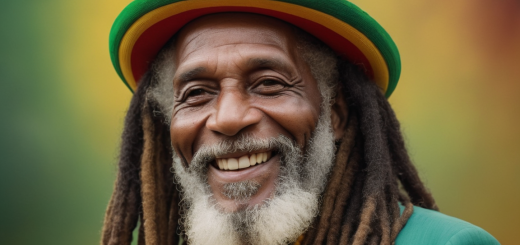Exploring the Mysteries of Tsouic Languages: Unveiling the Rich Linguistic Heritage of Taiwan
Unraveling the Tsouic Languages:
Culturally rich and deeply entwined with the indigenous peoples of Taiwan, the Tsouic languages offer a window into an often overlooked linguistic heritage. This group of Formosan languages, which includes Tsou, Kanakanavu, and Saaroa, is not just a topic for academics; it is a vital element of Taiwan’s diverse cultural mosaic.
The Origin and Speakers
The Tsouic languages belong to the Austronesian language family and are spoken primarily by the Tsou people in central southern Taiwan. As indigenous languages, they echo the earliest inhabitants’ connection to the island, long before the influx of Han Chinese immigration.
The Structure and Features
One of the fascinating aspects of these languages is their complex phonetic and grammatical systems, which include unique consonant clusters and a rich array of verb-forming mechanisms.

Challenges to Preservation
Like many indigenous languages, Tsouic languages face the threat of extinction. With fewer than 10,000 speakers across all dialects, the urgency for conservation is paramount. Efforts to preserve and revitalize these languages are key to maintaining Taiwan’s cultural diversity.
Why it Matters
The preservation of the Tsouic languages is not just a matter of protecting linguistic diversity. It is also about honoring the history and identity of the Tsouic people, who continue to struggle for recognition and autonomy in a world increasingly driven by globalization.
Engage with the Legacy
By learning more about the Tsouic languages, we can contribute to their preservation. Whether through academic study, cultural exchanges, or simply by spreading awareness, every effort counts in keeping this part of human heritage alive for future generations.
Explore the intricacies of Tsouic languages further and be a part of safeguarding the echoes of Taiwan’s indigenous voices. Start your linguistic adventure today.
“Language is the road map of a culture. It tells you where its people come from and where they are going.” – Rita Mae Brown






